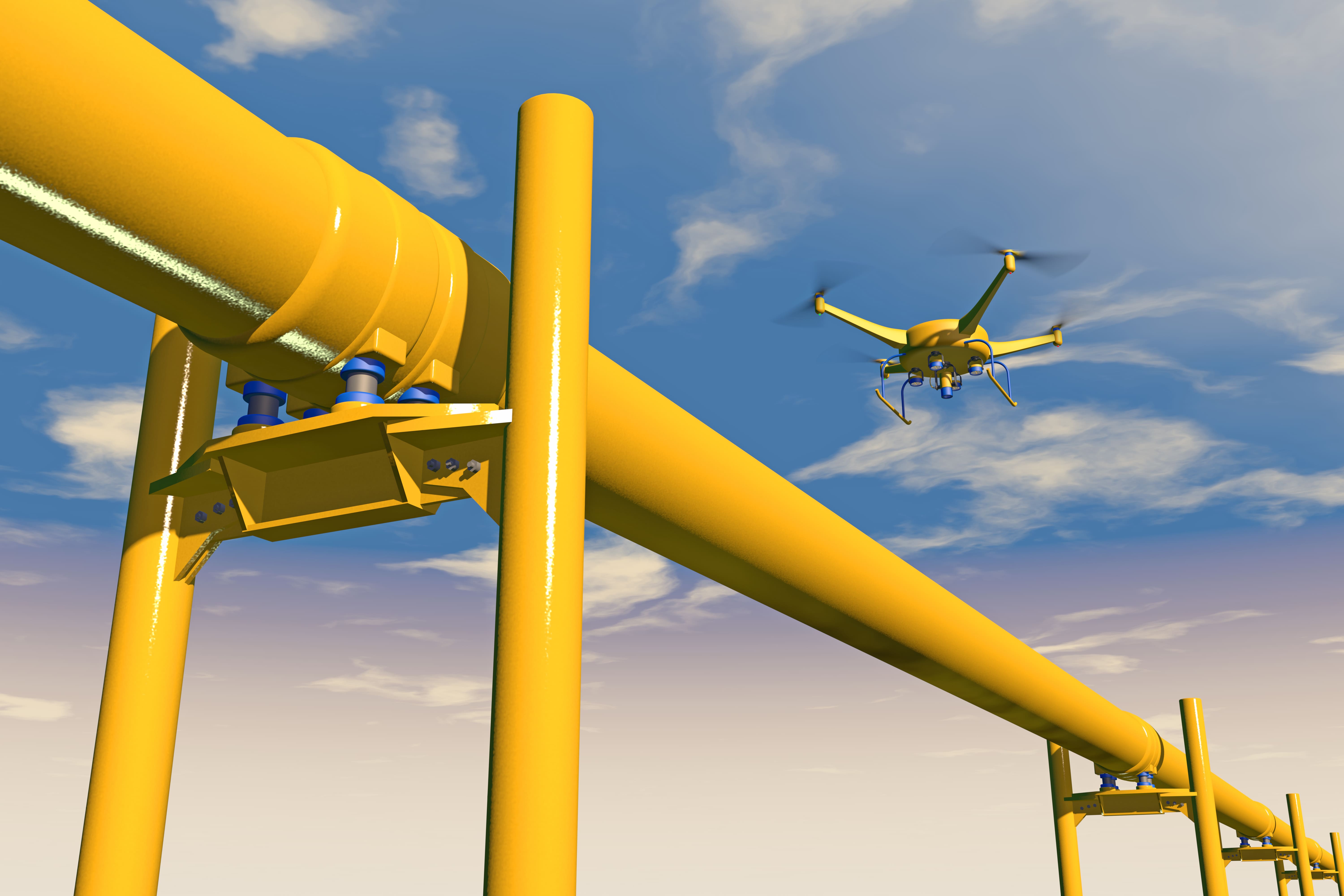
Regular inspection of pipelines has historically proven to be one of the most challenging parts of pipeline integrity management for the oil and gas industry.
With over 1,382,570 miles of pipelines to be monitored – lines that run through dangerous and hard-to-reach terrain in some locations – this job is expensive and incredibly risky. Helicopters or airplanes are required to carry out inspections and loss of human life is a constant threat.
Drones, unmanned aerial vehicles (UAVs), are the most technologically advanced, efficient and cost-effective solution in this complex scenario.
They’re capable of flying without a human pilot over hard-to-access terrains and collect data, which is then communicated to a ground-based controller. By removing the human component in such reconnoitering missions, safety concerns are exponentially reduced. The information collected with multiple sensors, like RGB and near infrared, is accurate. Expense is reduced considerably. And of course, time. For example, inspection of a 60-mile segment of gas pipeline which takes several weeks to complete, can be carried out by a drone in an hour!
But the obstacle, even three years ago, was this: the FAA placed heavy restrictions on commercial businesses flying drones. For pipeline inspection purposes, the drones would have to fly long distances, beyond visual line of sight (BVLOS), and FAA had to grant a special waiver to allow anyone to do this.
The situation now is slowly changing. FAA has committed to speed up safe drone integration into the airspace through 10 Unmanned Aircraft Systems Integration Pilot Program sites. And today, there are more than 113,000 remote pilots and 900,000 commercially registered drones in the US.
The relaxation of FAA’s embargo on commercial entities flying drones has come as a Godsent for the oil and gas sector. The drones still have to be flown within line of sight for routine visual inspections and surveys, but the advantages of BVLOS cannot be ignored.
Many levels of testing are going on to ascertain safety and other factors involved, and oil and gas companies have to wait before they can fly drones above the whole length of pipeline. But once that happens, the technology can be fully integrated in pipeline inspection, eliminating a load of challenges – and expenses – of working in high-risk environments.


